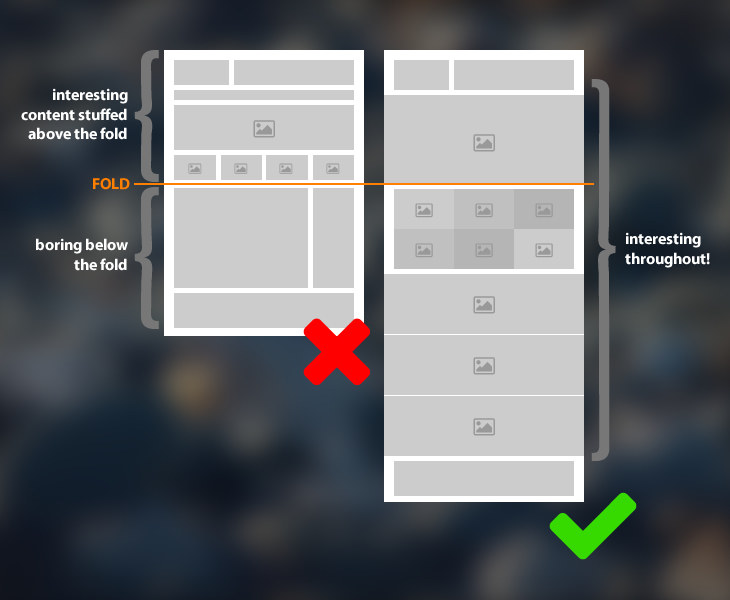4 web design trends for 2016
Websites and web design trends are constantly changing to suit the needs of businesses and users. If you are having your website redesigned in 2016, please keep the following trends in mind.

1. Responsive Design and Social Media & Blog Integration
Responsive design is the norm now and has been since around 2012. 4 years on, every new website is built to be responsive as standard. Over the next 5 years we’re only going to see this trend continue, people will continue to access the web through multiple devices, most people have a smart phone and a PC that they use – many also have tablets (large and mini) and laptops of all sizes too. Wearable technology is expected to take off before this decade it out – the release of the Apple Watch is only the start – these will be more devices to consider.
In 2016, a website should be a part of a larger online presence, including social media and blogging. People often navgiate to website blogs through their phone using social media (Twitter, Facebook), then back again, your website should not be an obstacle – it should be a seemless transition – for that second or minute, you are controlling everything they see on their screen… use it wisely! Everyone has clicked on that one article that has crashed their phone – – enraging.
2. Semi-flat Design / Card Design / Material Design
Flat and Material Design
Flat design has risen for a number of reason and it’s not going anywhere in 2016. Flat design allows websites to be much more lightweight, not depending on heavy graphics. Websites are more flexible than ever, so you can use a mix of flat design practices with your own brand too. Subtle shadows have resurfaced with Google’s Material Design.
Card Design
A new web trend which is becoming increasingly popular, Card Design was first seen in use by websites like Pinterest (and recently Twitter). Cards include information like a title, a picture, a snippet of a news article, various icons, and just about anything. They typically contain a small amount of information that you can click to get more info / lead on to another web page.

They work very well with responsive design, as the cards can easily be reordered to have a different amount of columns.
Galleries and Professional Photography
A picture tells a thousand words, professional photography for your website is essential if you want to capture your audience – and it works for almost all industries. People like to see where you are and what your office/restuarant/shop/factory/garage is like before using your services. Proper photos will show how professional you are and that you take your business seriously.
In design, images will capture people’s attention much more than just text. Your home page should be full of interesting images that respresent you and your services. Make sure to enhance your blogs with at least one ‘feature’ image – Stock Photos North Wales is a great place to get cheap photos of lcoal places.
In 2016, let large full screen images sell your business.
No More Fold
You should keep your most important information in the header of your website, phone number and email address for example, but avoid stuffing all your services and info in the top 600px – which is mostly an impossible task. With a wider range of devices being used to access websites, it’s harder to control what content they will see on page load. Users are extremely used to scrolling on web pages, especially on mobile devices where studies have shown users are more likely to scroll than click.

Do not be afriad to have a long page – especially a long home page… aim to make the entire website impressive and well thoughtout – rather than just the top!
